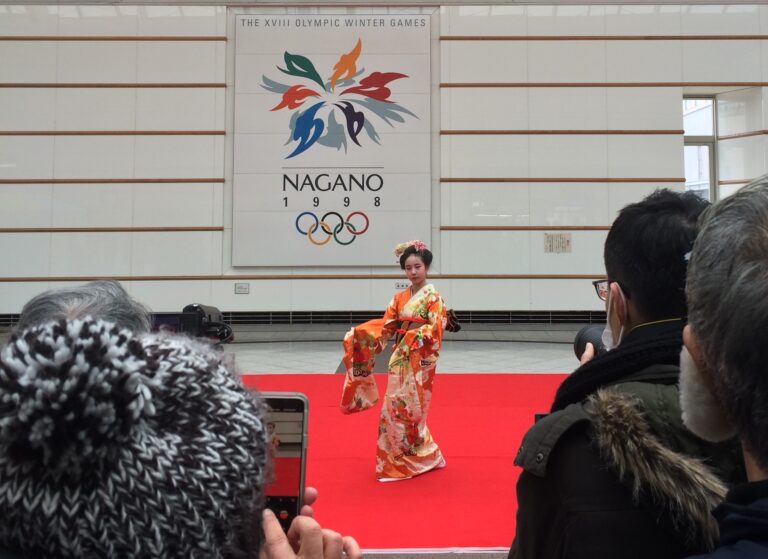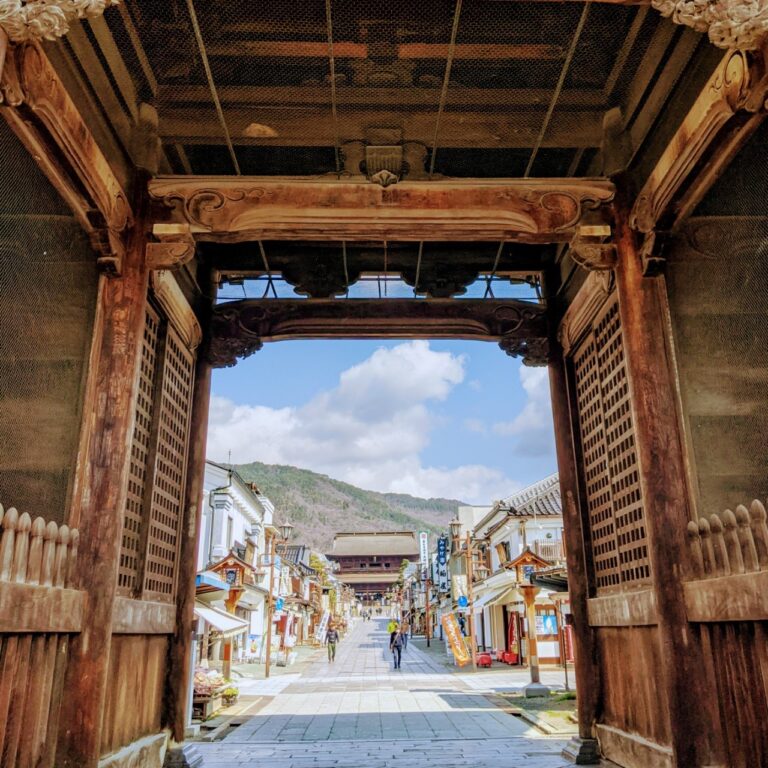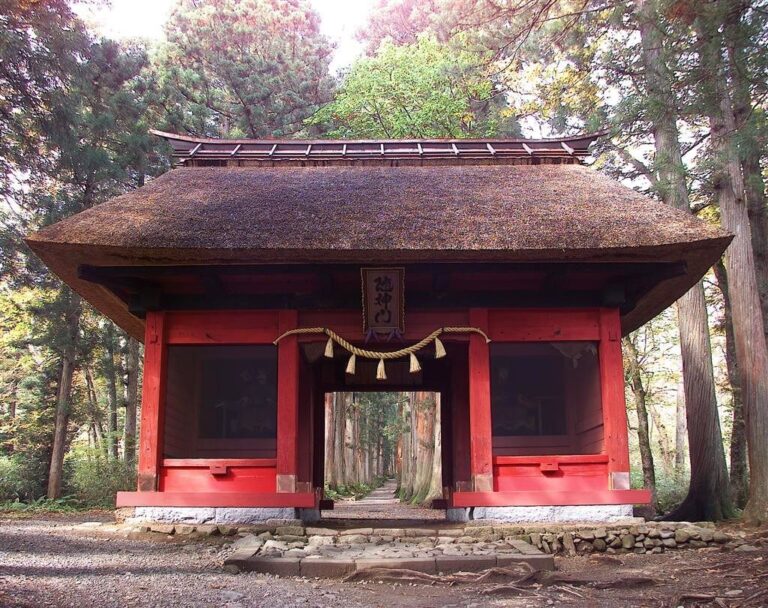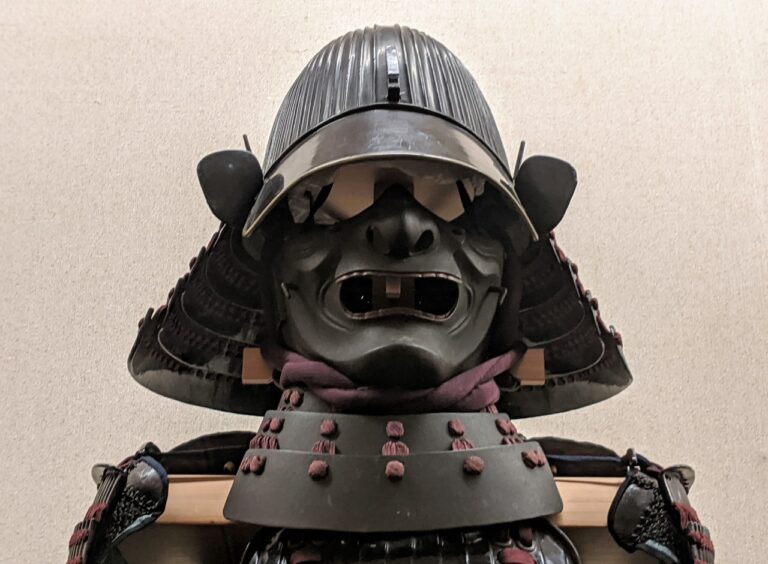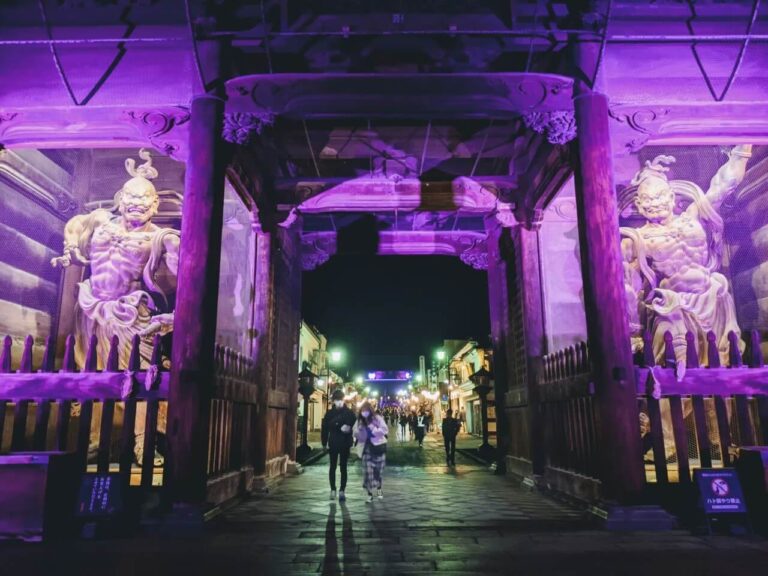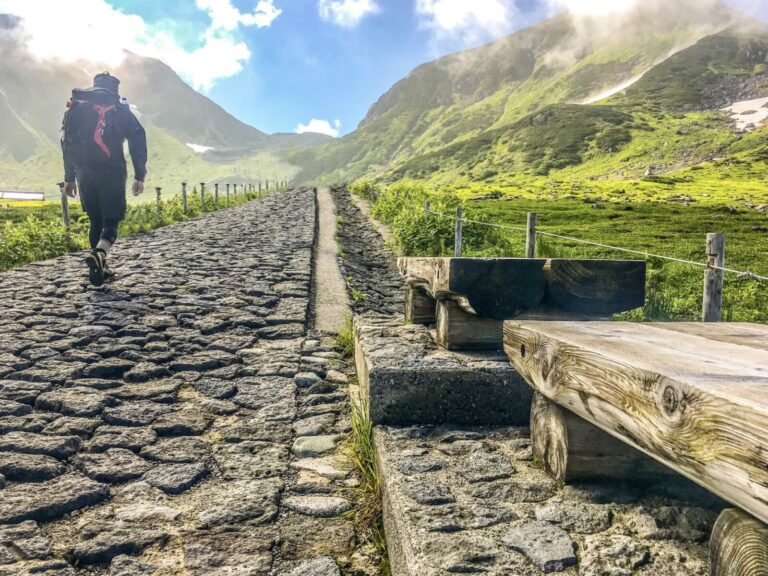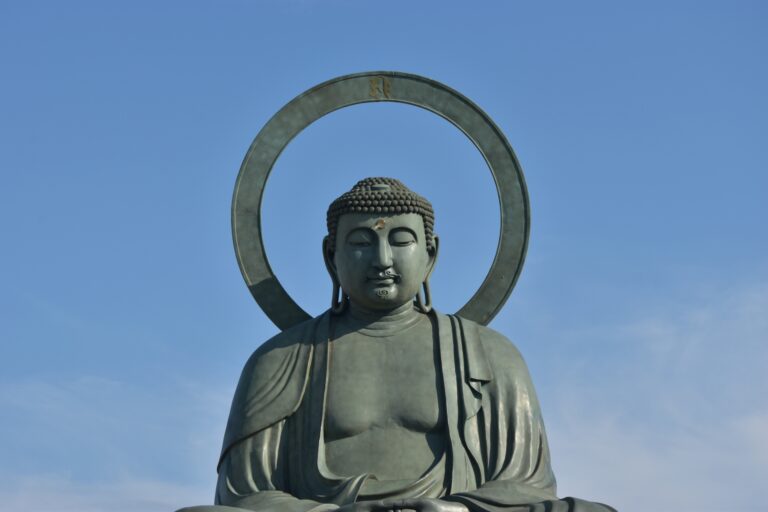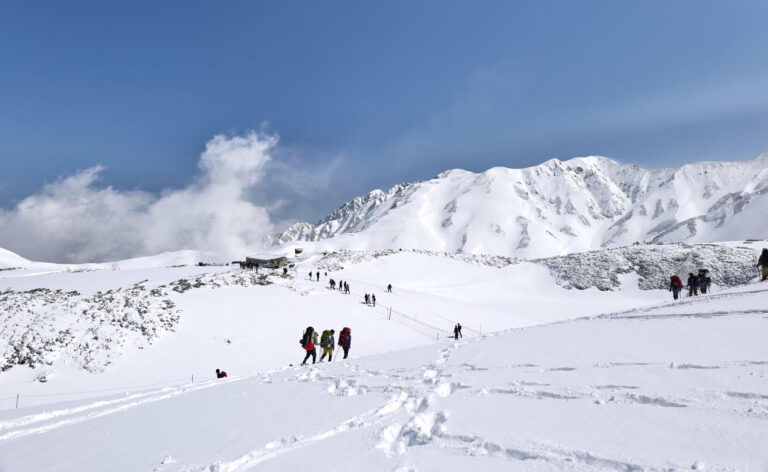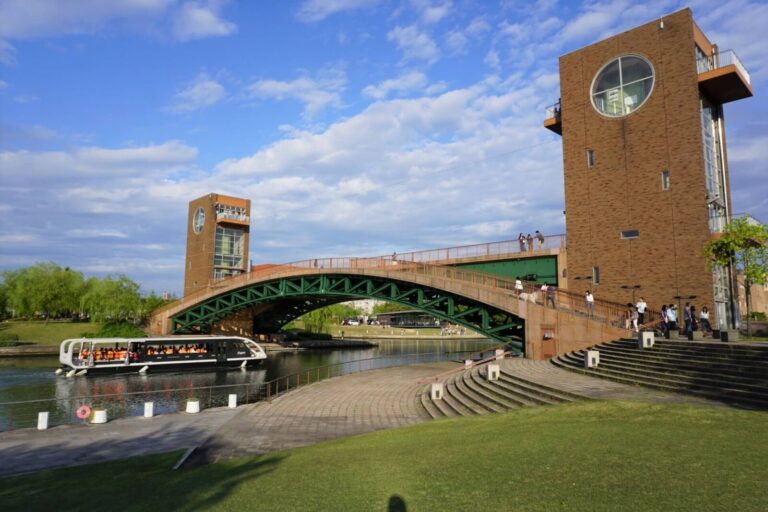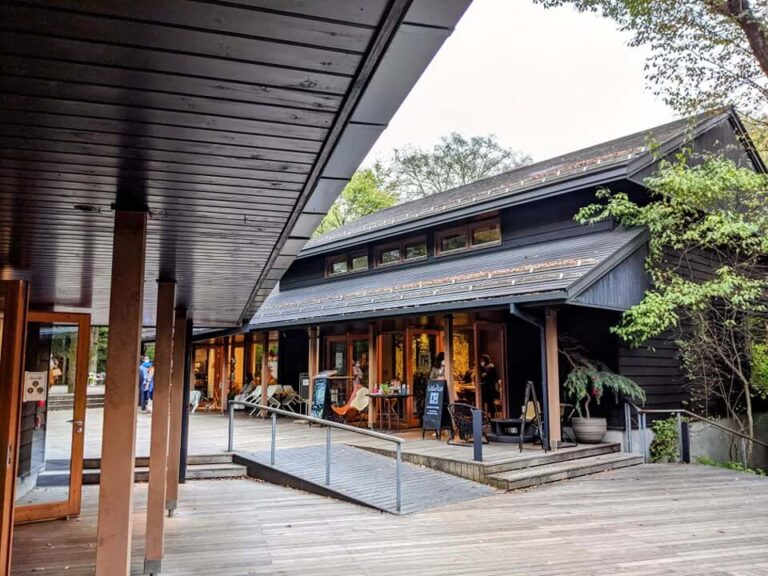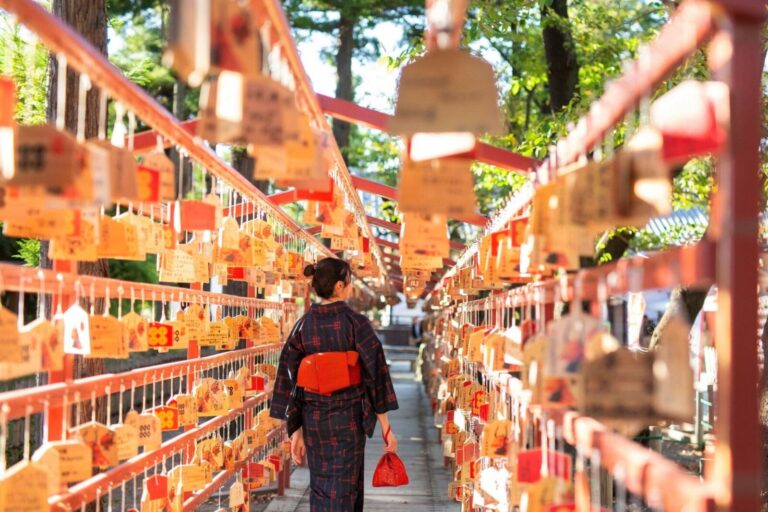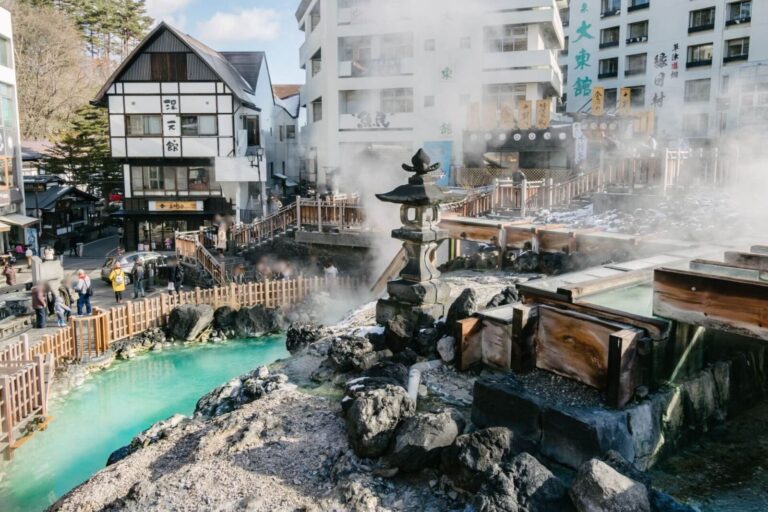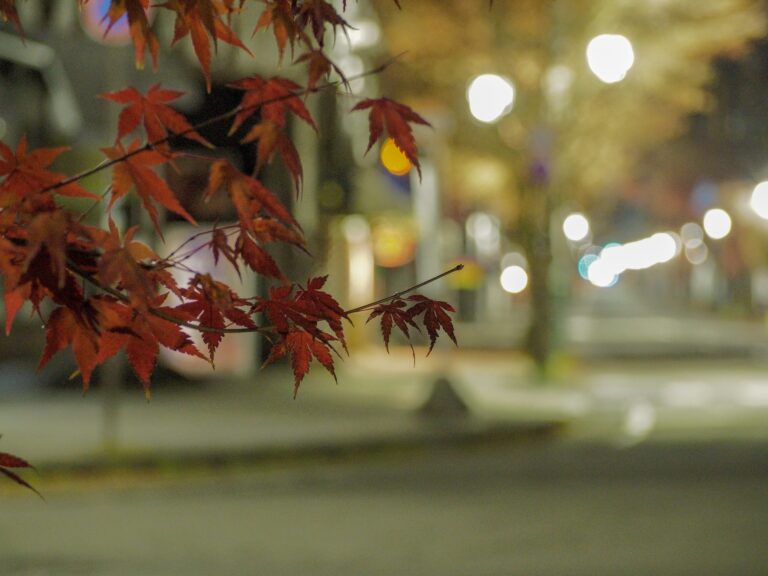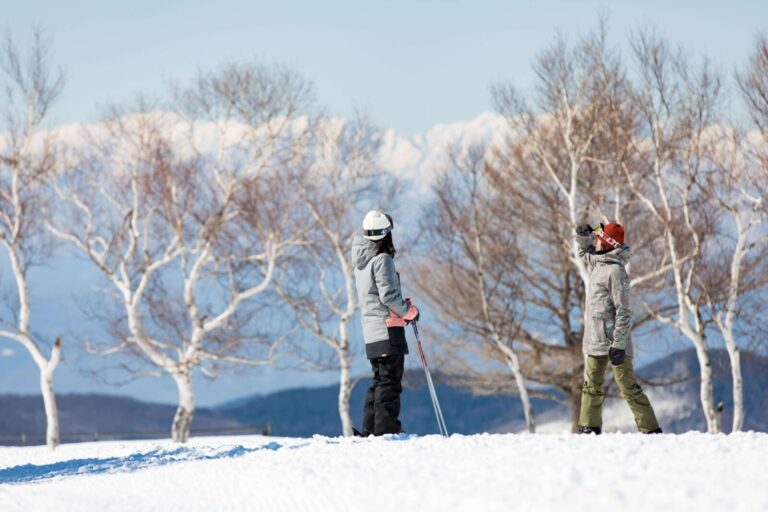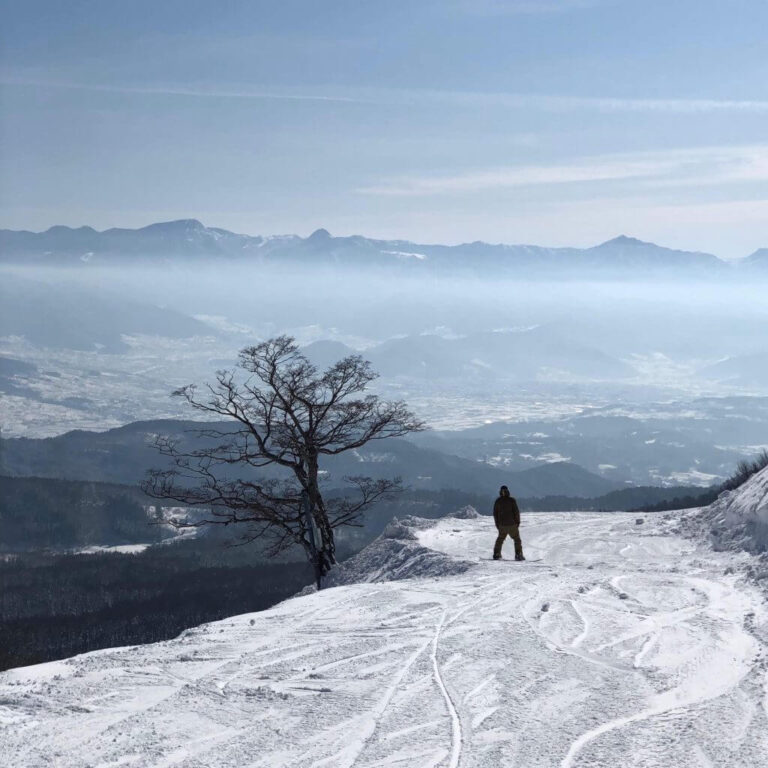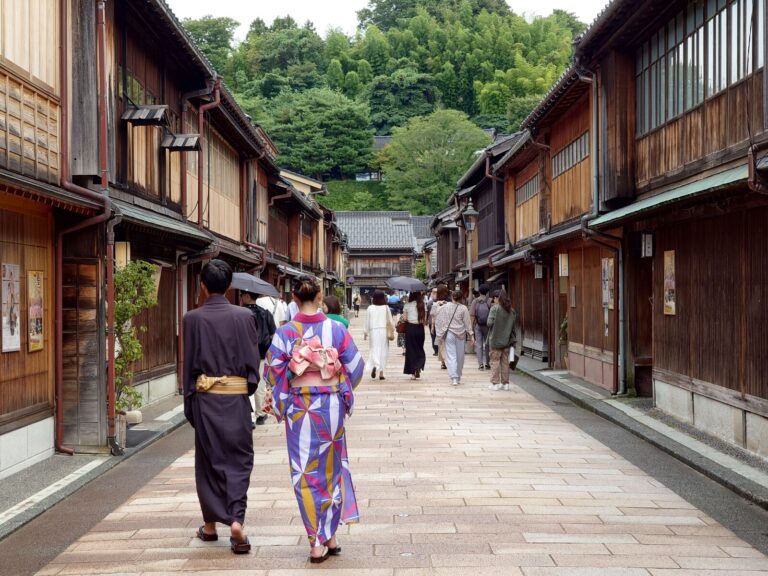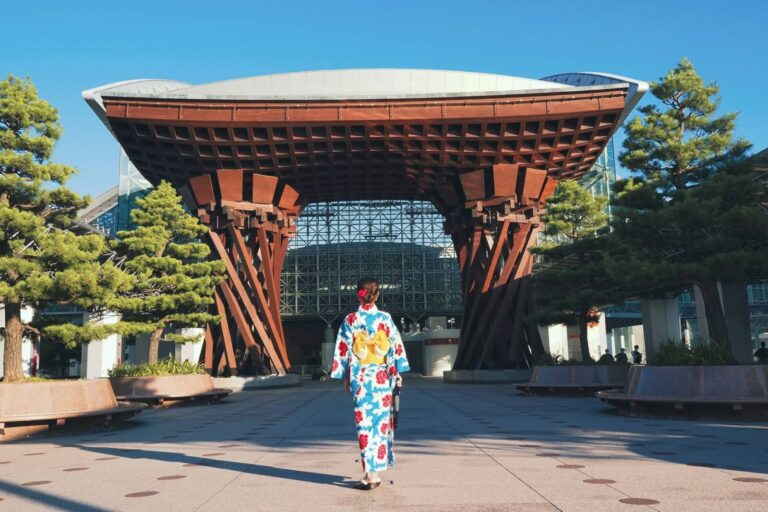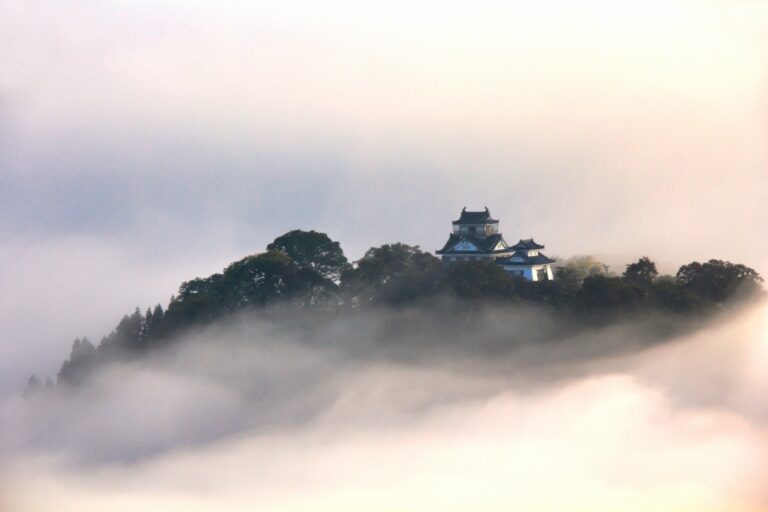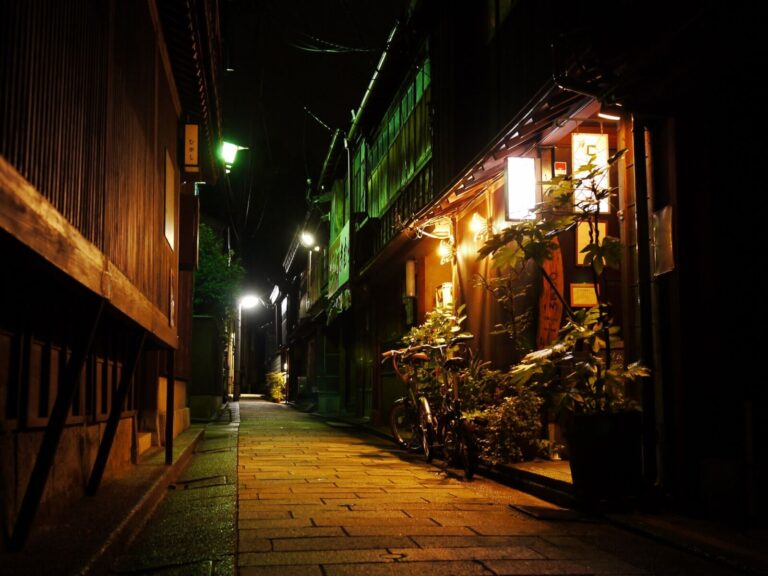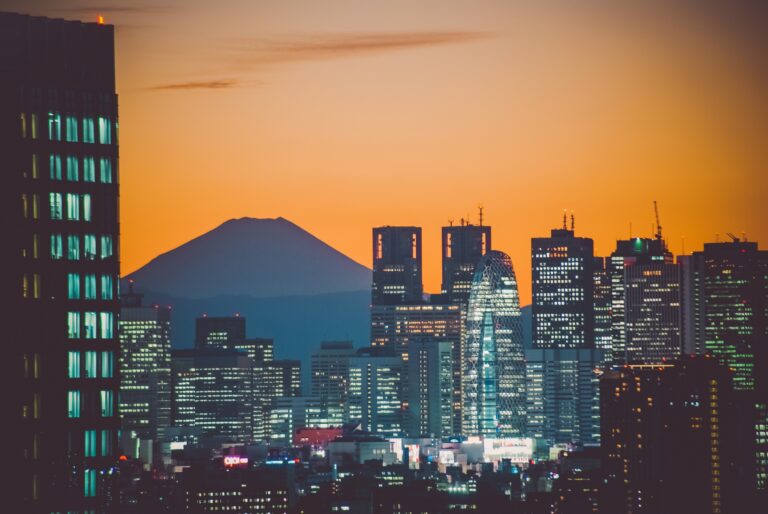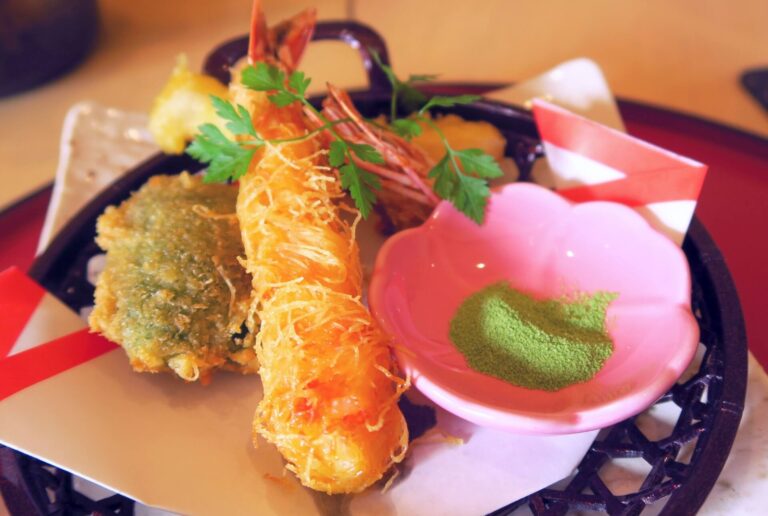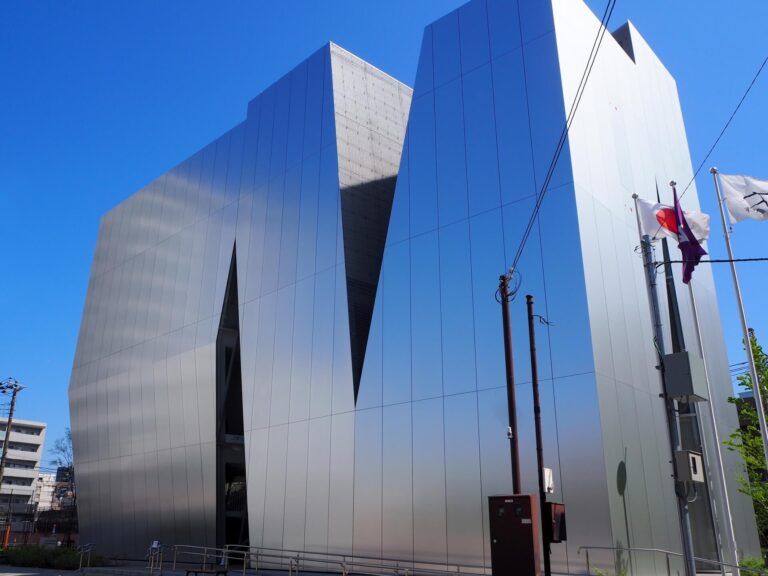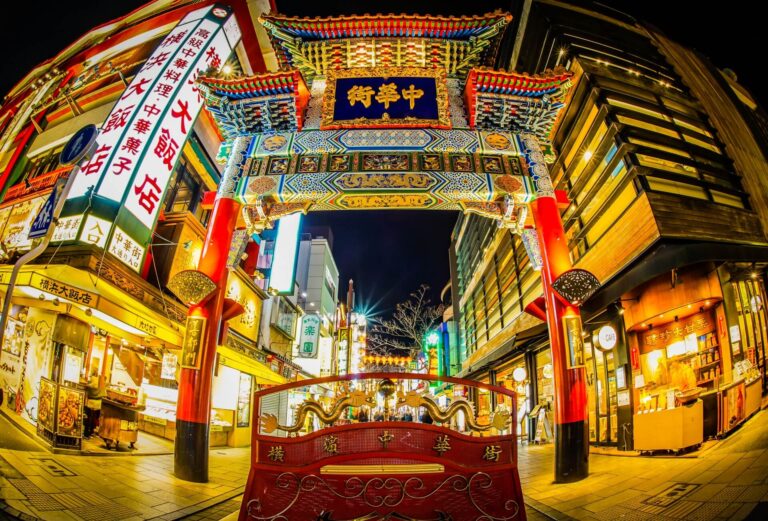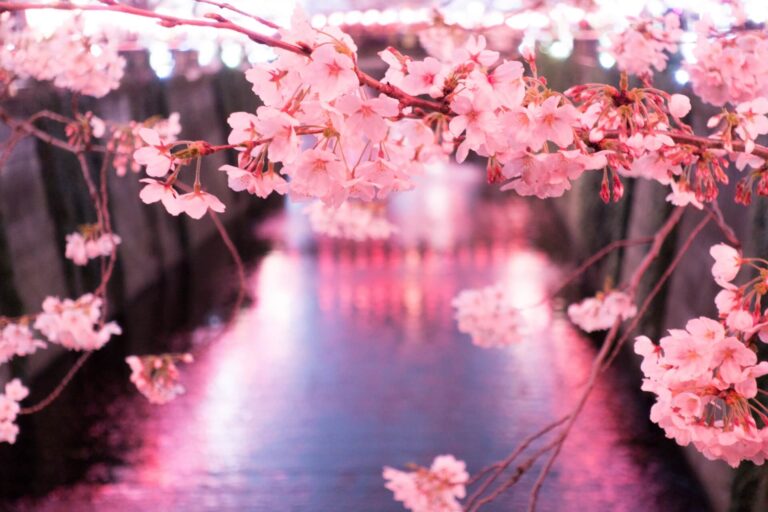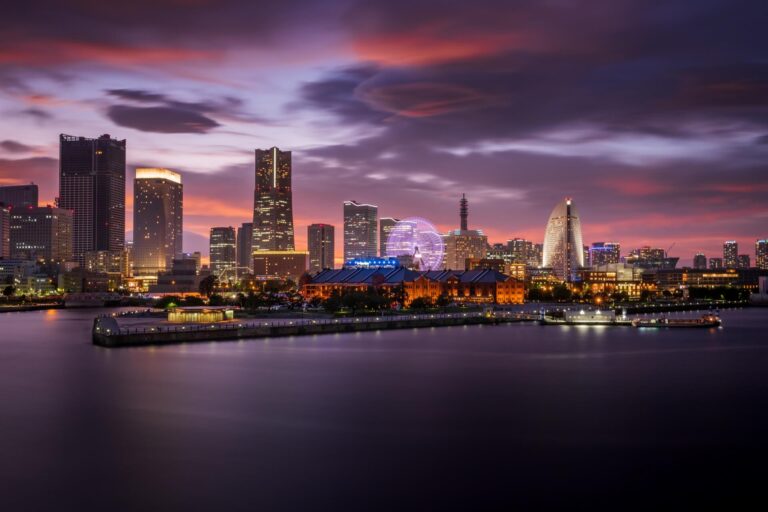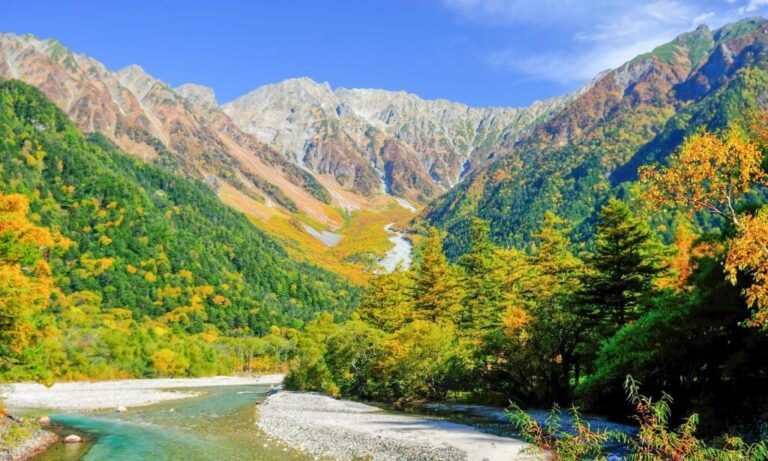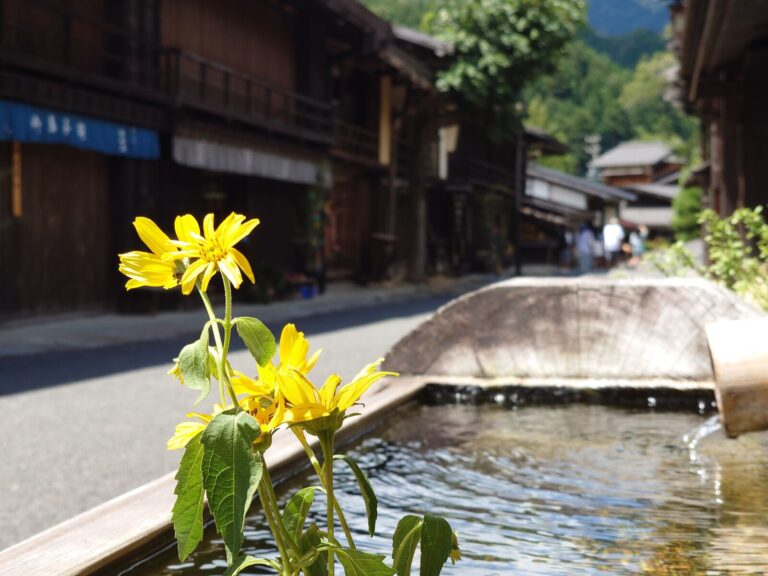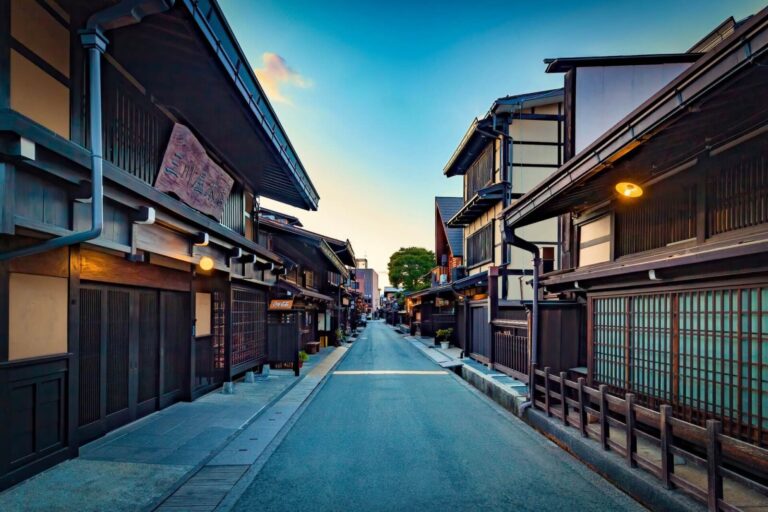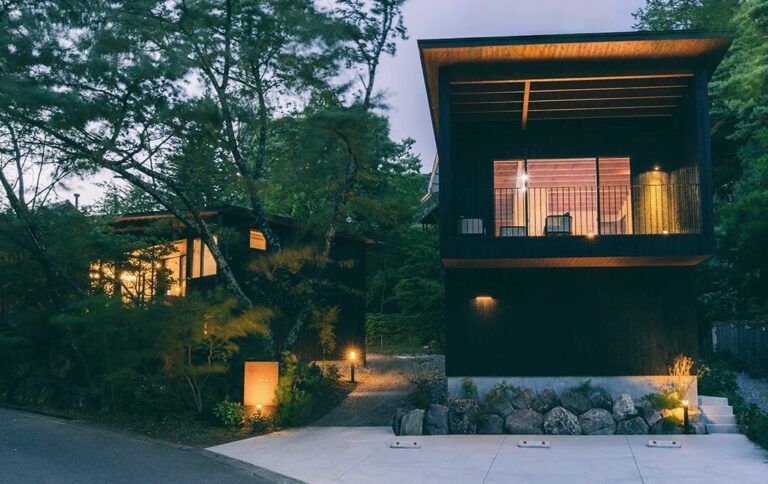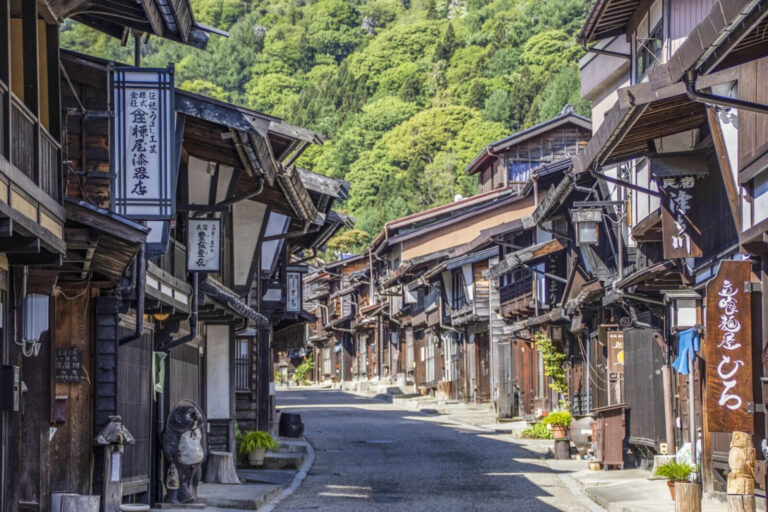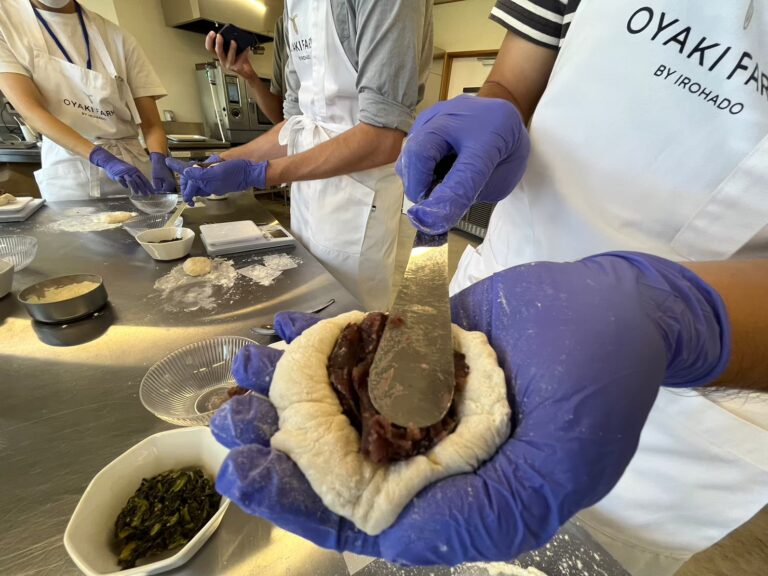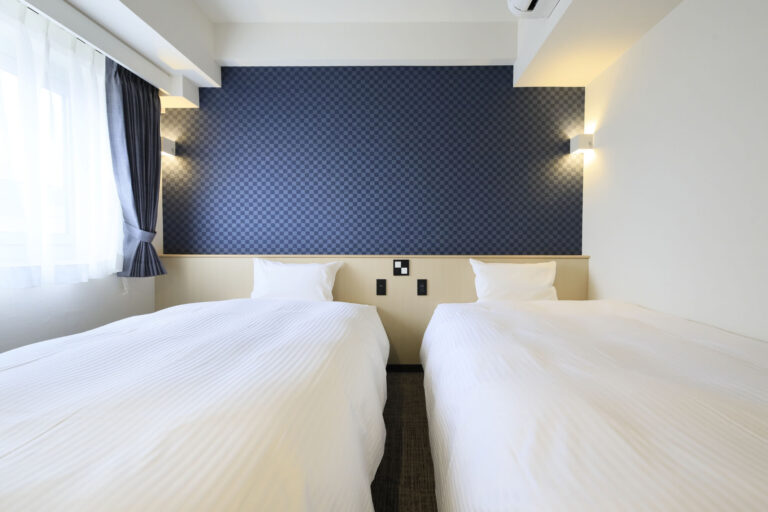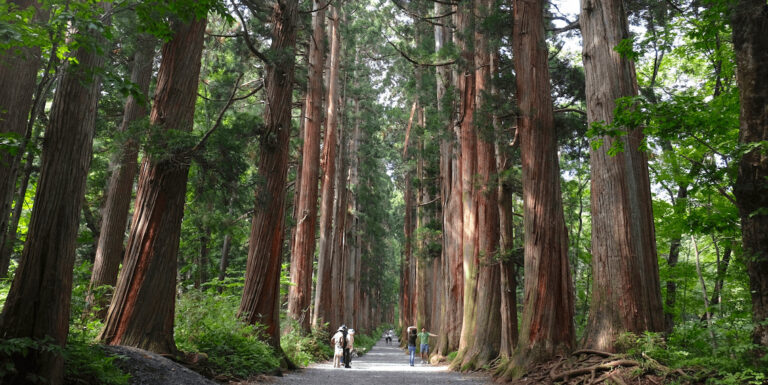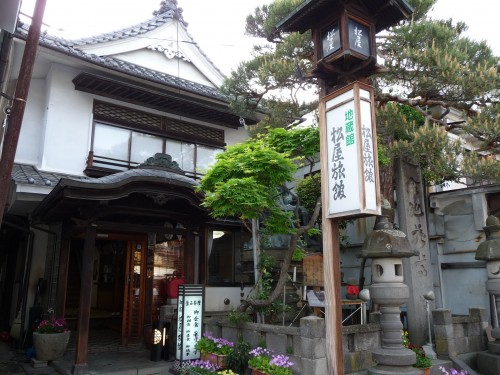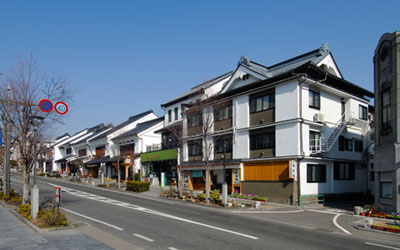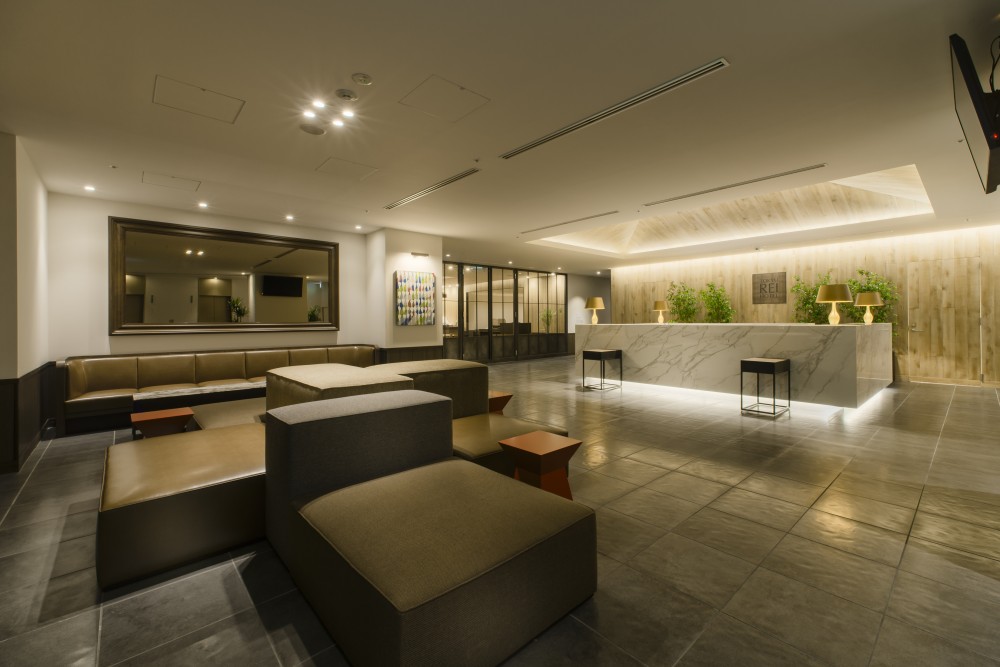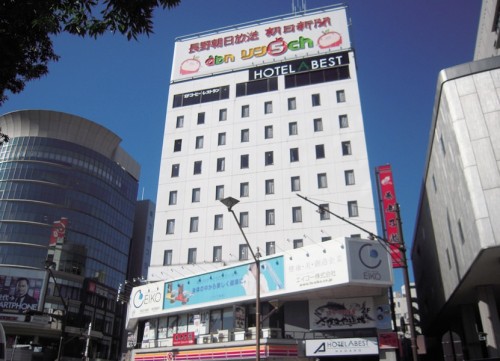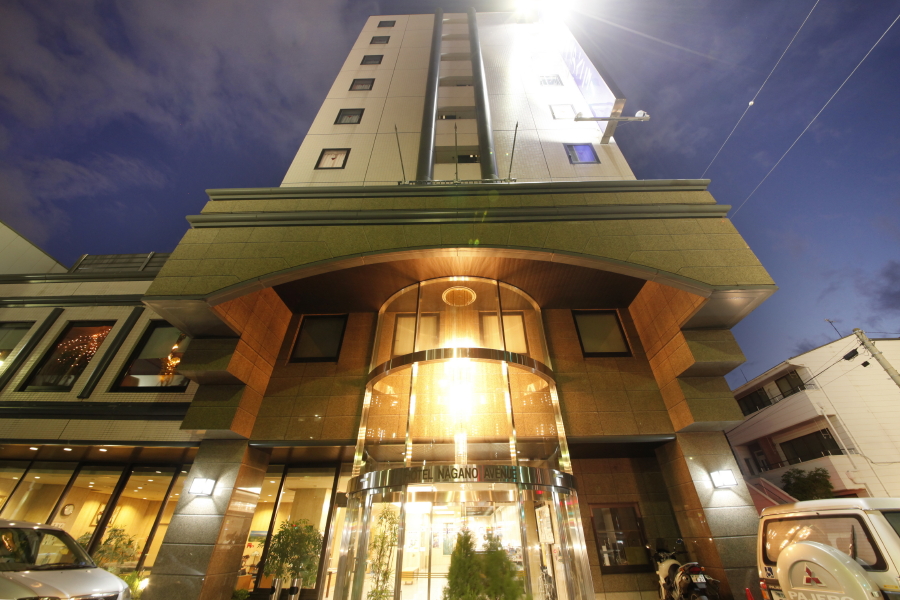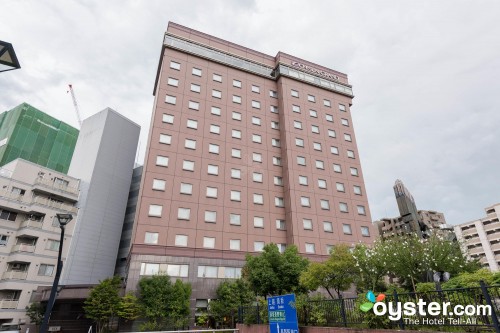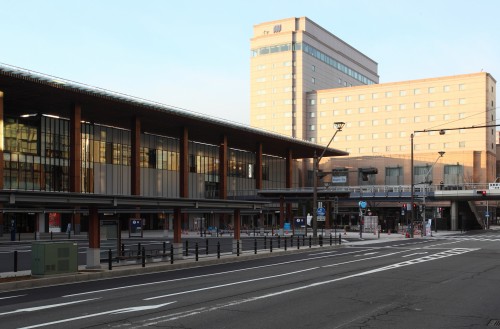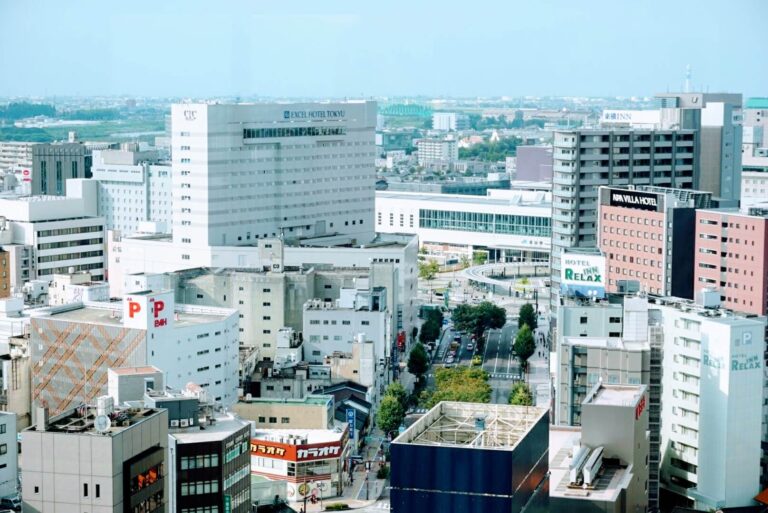Hokuriku Shinkansen (Tokyo–Nagano–Toyama–Kanazawa–Tsuruga)
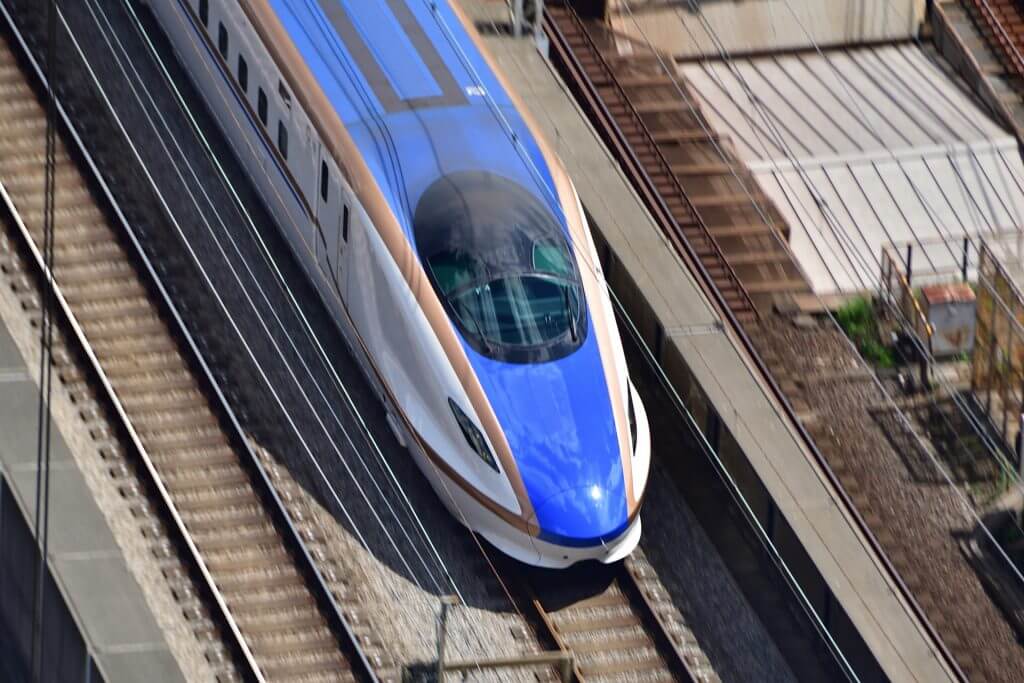
Known by many international visitors simply as the ‘Bullet Train’, Japan’s ‘Shinkansen’ network connects major cities with high-speed train services that operate on various Shinkansen lines. On this page you will find the following information:
— Hokuriku Shinkansen Line Map
— Types of Carriages & Seating
— How To: Using the Shinkansen from Tokyo to Nagano
We hope the following information is of assistance when planning your visit to Japan. If you need more information including when to travel, entering and exiting the country, using the trains, staying safe and healthy while here, tips on etiquette and more, make sure to check-out our ‘Plan Your Visit’ be clicking on the link above.
HOKURIKU SHINKANSEN LINE MAP
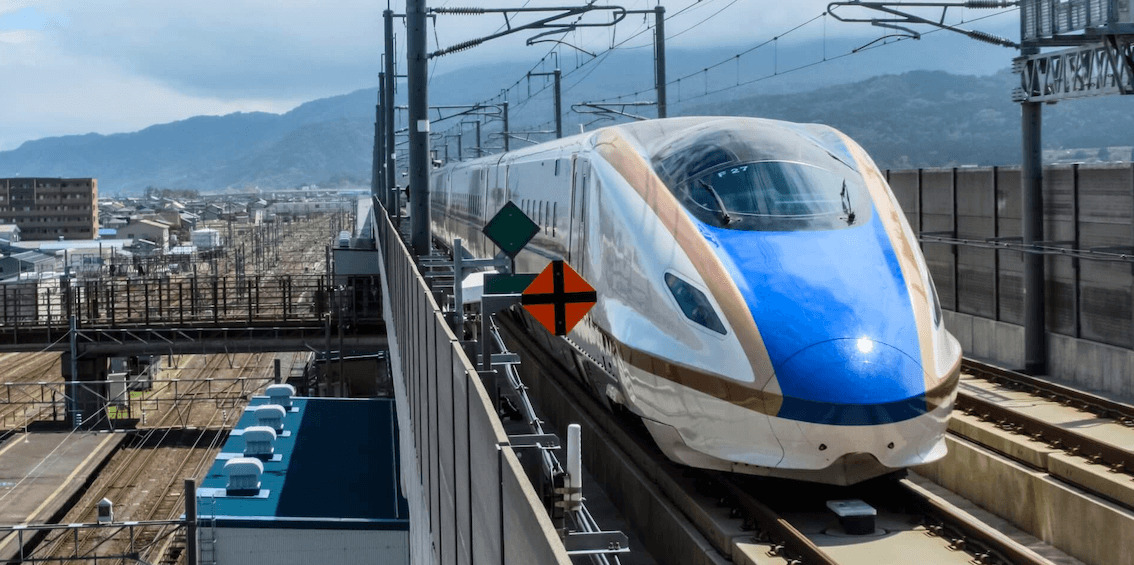
The Hokuriku Shinkansen runs from Tokyo to Kanazawa and services Nagano Station, located approximately at the mid-point of the line. It is operated by the East Japan Railway Company and West Japan Railway Company, more commonly known as JR East and JR West respectively. The following stations are on the Hokuriku line:
Tokyo / Ueno / Omiya / Kumagaya / Honjo-Waseda / Takasaki / Annaka-Haruna / Karuizawa / Sakudaira / Ueda / Nagano / Iiyama / Joetsu-Myoko / Itoigawa / Kurobe-Unazukionsen / Toyama / Shin-Takaoka / Kanazawa / Komatsu / Kaga Onsen / Awara Onsen / Fukui / Echizen-Takefu / Tsuruga
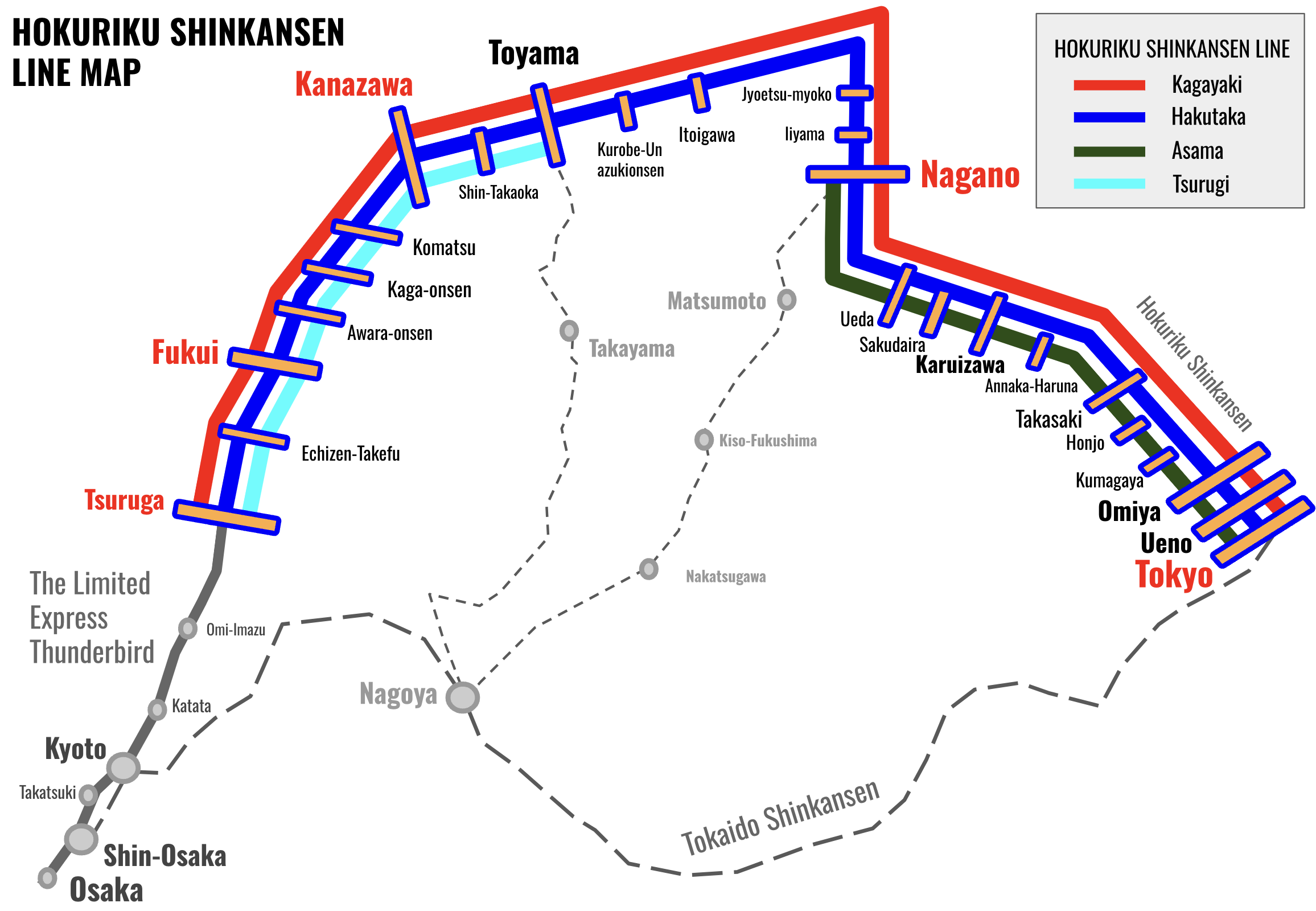
Further information and tips for using the Hokuriku Shinkansen to travel to and from Nagano can be found through our ‘How To Get to Nagano’ page.
TYPES OF SERVICES
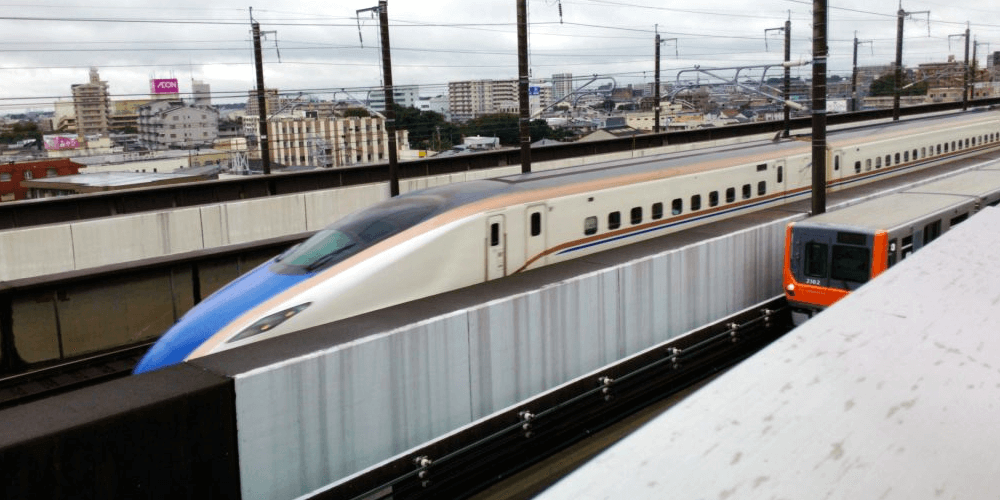
International visitors holding a valid Japan Rail Pass, Japan Rail East Pass or Hokuriku Arch Pass – see below for details – can use any service on the Hokuriku Shinkansen at no additional charge. Four types of service operate on the line, noting that visitors coming to and from Nagano have the choice of using the first three:
KAGAYAKI Tokyo to Nagano: 80 minutes — Tokyo to Kanazawa: 148 minutes
Taking 150 minutes to cover the entire line from Tokyo to Kanazawa, this is the fastest service and stops only at Ueno, Omiya, Nagano and Toyama. For visitors traveling from Kanazawa to Nagano, the Kagayaki service takes 65 minutes. The Kagayaki is reservation only, meaning that a seat must be booked in advance and includes both Green and Gran Class.
HAKUTAKA Tokyo to Nagano: 95 minutes — Tokyo to Kanazawa: 200 minutes
Taking between 180 to 200 minutes to cover the entire line from Tokyo to Kanazawa, the Hakutaka stops at more stations – including all stations between Nagano and Kanazawa – but different stations between Tokyo and Nagano depending on the specific service you take. This accounts for the variation in times to travel between Tokyo and Kanazawa and can be confusing, so check in advance to ensure the service you intend to use stops at the station you need.
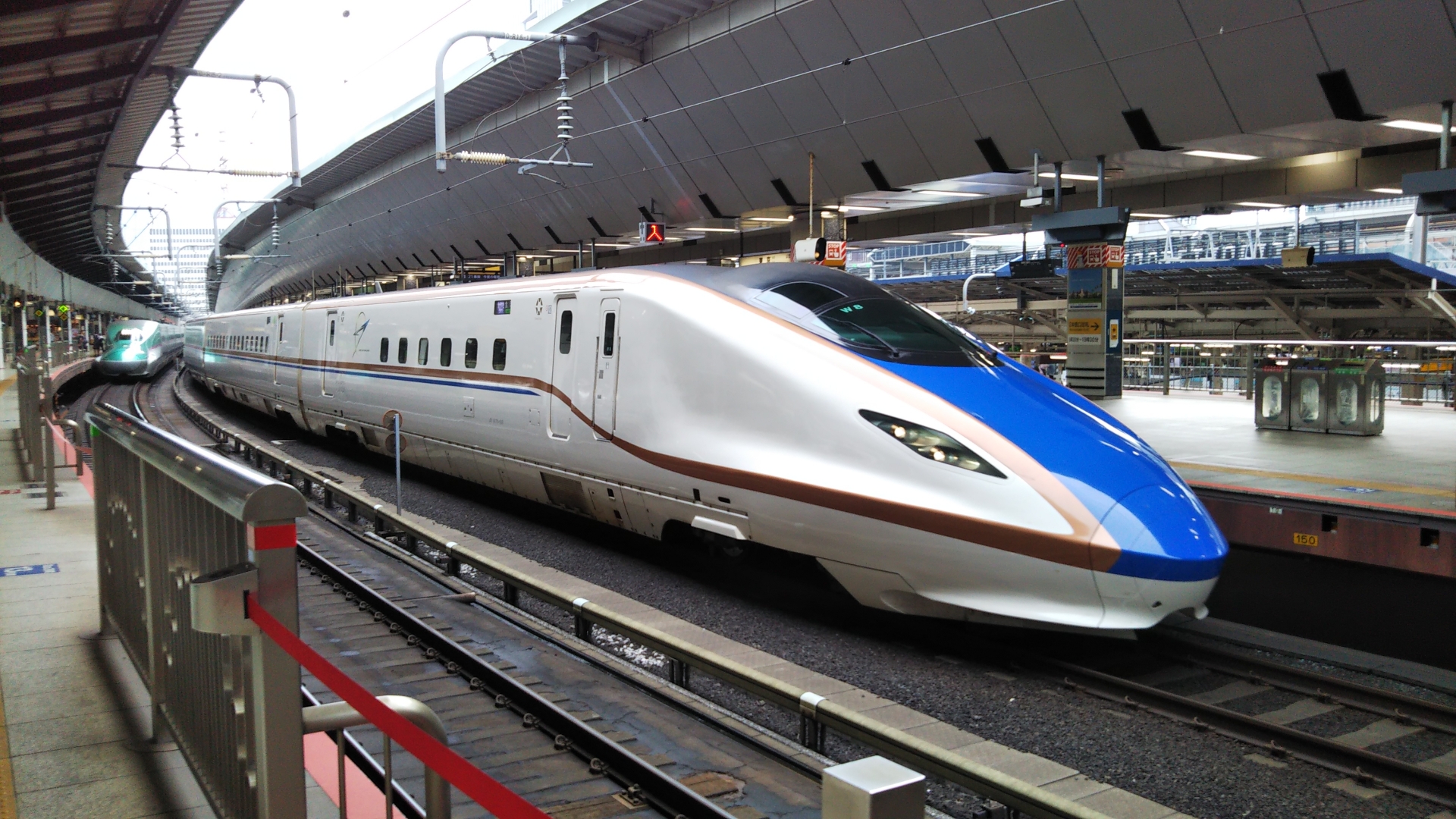
The Hakutaka includes both reserved and non-reserved seating, meaning that bookings can be made in advance or holders of a valid travel pass can simply board the train and sit in a non-reserved seat if they are happy to do so. The Hakutaka includes both Green and Gran Class. For visitors traveling from Kanazawa to Nagano, a Hakutaka service takes between 80 to 90 minutes.
ASAMA Tokyo to Nagano: 100 to 110 minutes
Operating only between Tokyo and Nagano, the Asama stops at all between those two stations. The Asama includes both reserved and non-reserved seating, meaning that bookings can be made in advance or holders of a valid travel pass can simply board the train and sit in a non-reserved seat. The Asama includes both Green and Gran Class.
TSURUGI Cannot be used to reach Nagano.
This service is only available between Tsuruga, Kanazawa, Toyama and stops in between. It takes approximately 60 minutes. This train includes reserved, non-reserved and Green Class carriages.
TYPES OF CARRIAGES & SEATING
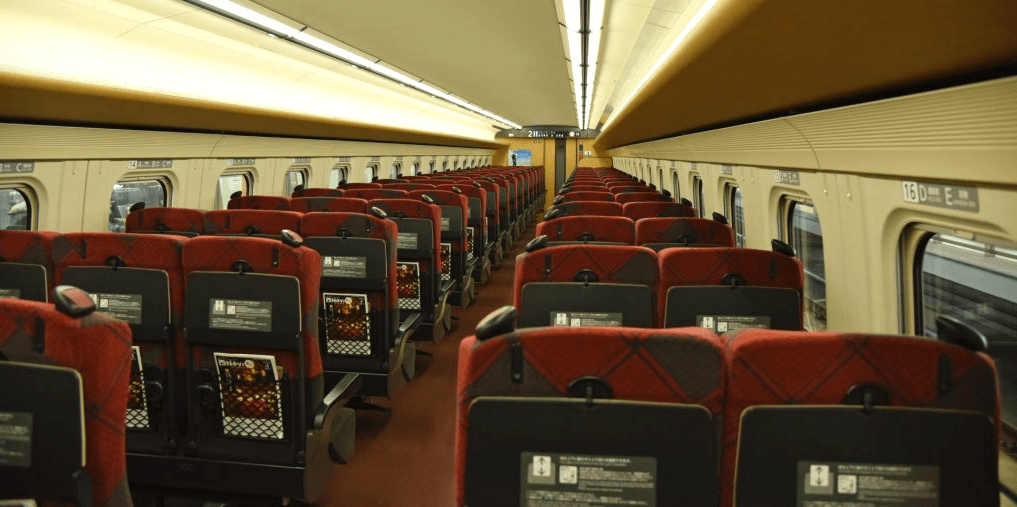

Most services on the Hokuriku Shinkansen Line offer users the following types of carriages and seating:
ORDINARY CAR
Most carriages on any shinkansen service will be comprised of ordinary cars – pictured above – including reserved and non-reserved seating*. Ordinary cars typically have 5 seats per row separated by an aisle, with 3 seats on one side and 2 seats on the other. Seats are comfortable and recline with reasonable legroom available. Each seat has a tray table which folds down from the seat in front and power access for charging electronic devices. Overhead storage is available above each seat however it is worth noting that larger luggage can be difficult to store. Reserved and non-reserved carriages share the same layout with no difference in comfort. Toilets are available in the area between every second carriage. On most services, a conductor/ticket inspector will move up and down the train and can be approached for assistance, while a service attendant moves up and down the train with a trolley of food, snacks and drinks. If the train is particularly busy it might be difficult for the attendant to make their way along the train, so grab them while you have the chance.
*Kagayaki services do not include non-reserved carriages and seats must be booked in advance.
GREEN CAR
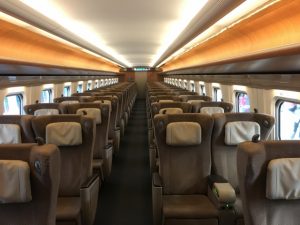
Most shinkansen services will have one Green Car, identified by a green four-leaf clover symbol. These cars are reservation only and slightly more expensive than seating in an ordinary car. Seats are more spacious and comfortable with more legroom. There are only 4 seats per row, divided by an aisle with 2 seats each side. More generous spacing also allows more room for luggage. Extra features including a reading lamp and footrest make the Green Car comfortable. Popular with business travellers, these carriages are typically quiet and can be compared to business class on an airline. For the relatively small price difference, Green Car is a good option for travellers who want that extra bit of comfort and quiet.
GRAN CLASS
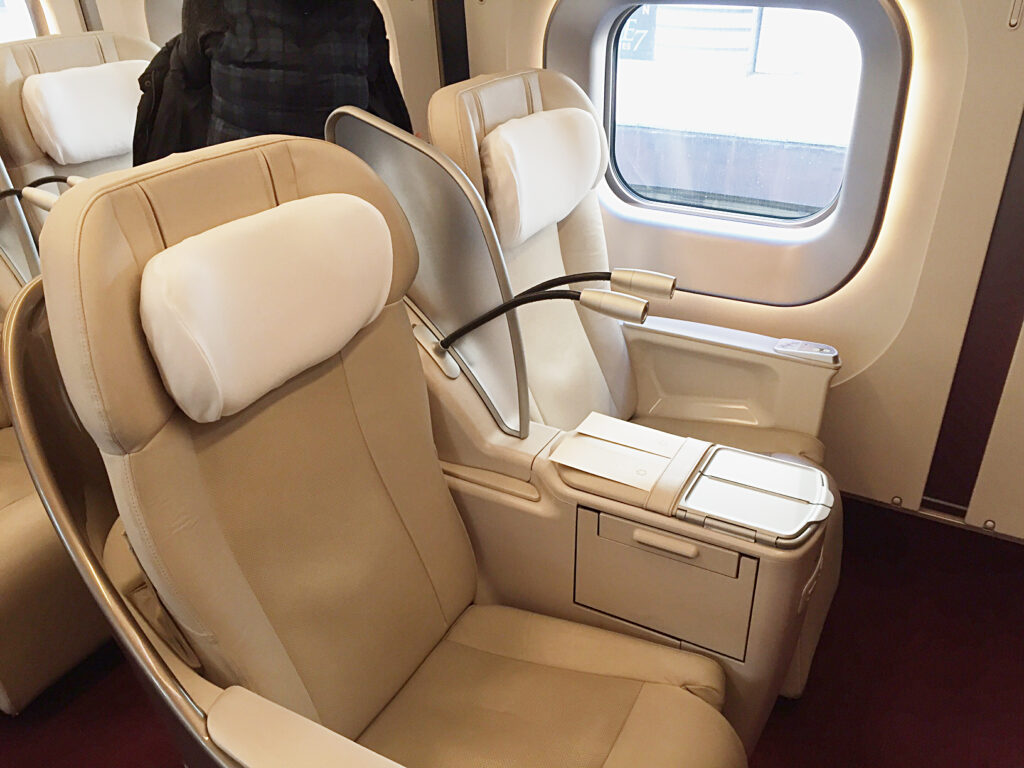
With one carriage on most services, Gran Class is the equivalent of first or luxury class. Each carriage includes 18 seats, separated by an aisle with 1 and 2 seats either side. Leather, fully-automated reclining seats offer travellers real comfort with a dedicated Gran Class attendant on-hand to serve complimentary meals, drinks, newspapers, magazines and other items. Gran Class is notably more expensive.
FARES & TIMETABLES
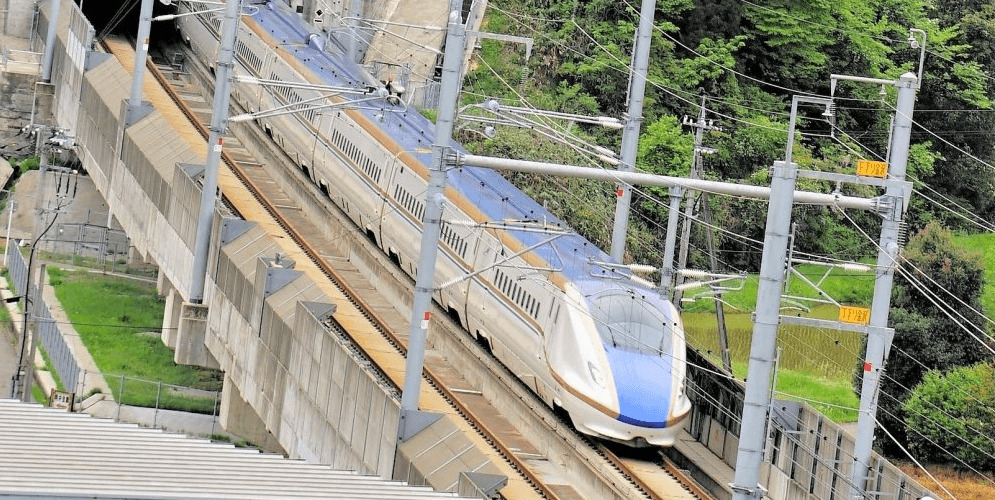
A one-way fare from Tokyo to Nagano will cost approximately JPY8,500 one-way or JPY17,000round trip; while a one-way fare from Tokyo to Kanazawa will cost approximately JPY15,000-16,000 one-way or JPY30,000-32,000 round trip (depending on which service you choose). Tokyo to Tsuruga will cost approximately JPY16,000-18,000 one-way or JPY32,000-36,000 round tri[.
Visitors choosing Green Car to travel between Tokyo and Nagano can expect to pay approximately JPY11,000 one-way while Gran Class costs substantially more, between approximately JPY14,000 to JPY16,200 depending on which service you are using.
Numerous daily services operate on the Hokuriku Shinkansen Line. For details including the timetable, please refer to our ‘Hokuriku Shinkansen Timetable’ page.
TICKETING & TRAVEL PASSES
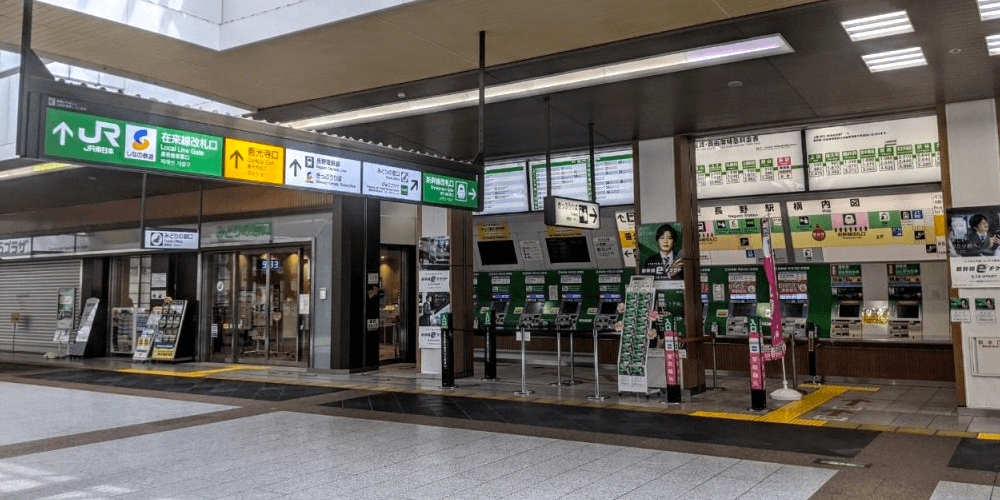
Tickets can be purchased at any major station using the shinkansen ticket machines or Japan Rail office (both will be clearly marked). English-speaking attendants are usually on-hand to assist at major stations. Alternatively, tickets can be purchased online up to 30 days in advance of your intended date of travel.
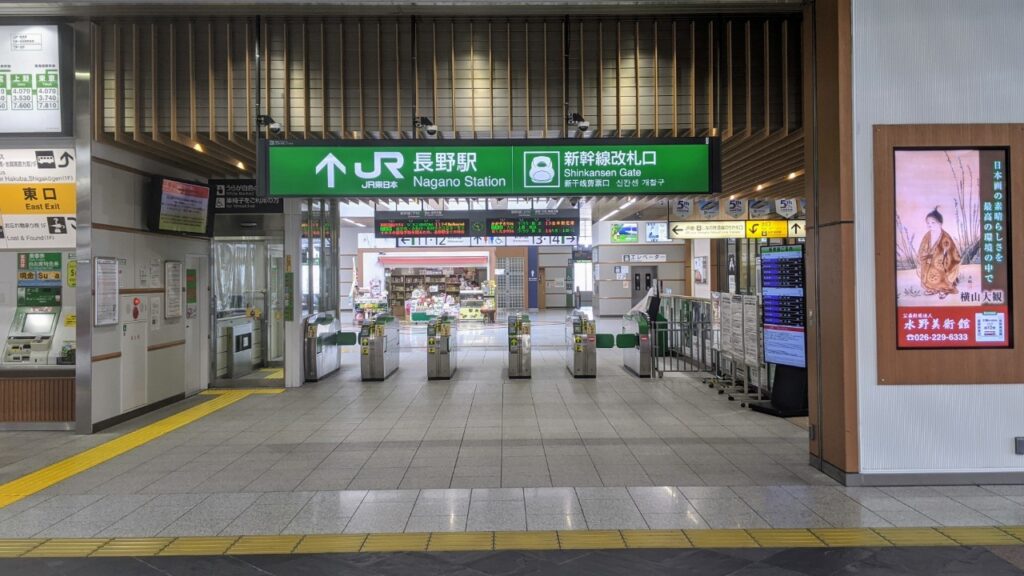
For further information regarding tickets, please refer to our ‘How To: Shinkansen Reservations to Nagano’ page.
There is no escaping the fact that travel using the shinkansen is expensive. Given the speed and distances covered by these trains, travellers should think of them much like taking a flight, with tickets accordingly priced. International visitors to Japan have the option of purchasing one of several passes which allow for unlimited use of the Hokuriku and (for some passes) other shinkansen and train services.
JAPAN RAIL (JR) PASS
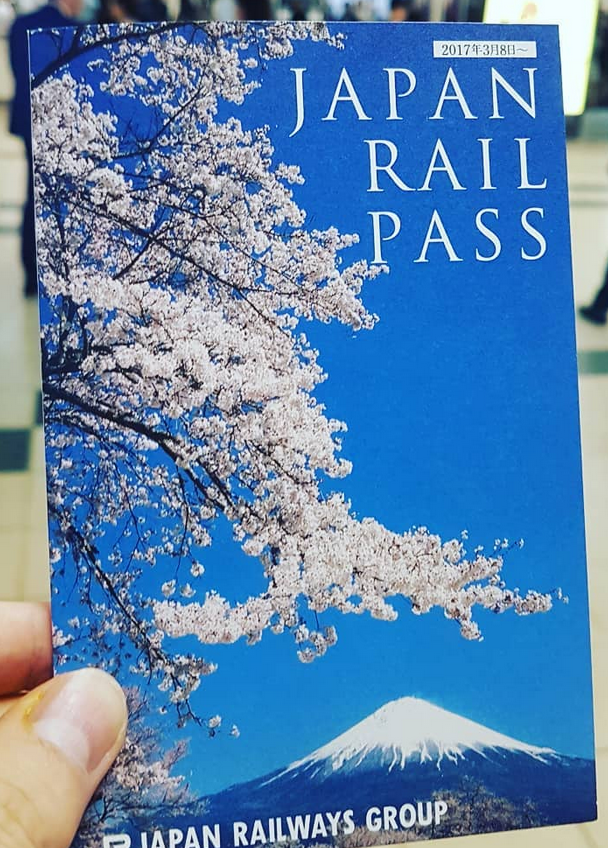
Covering all 9 shinkansen lines in Japan and many other train services, the JR Pass is a great option for visitors planning to use the shinkansen more than a handful of times and/or travel large distances. Travellers have the option of 7, 14 and 21-day passes covering either Ordinary or Ordinary and Green Cars. The JR Pass allows for use of any service on the Hokuriku Shinkansen line at no additional cost but noting that should holders wish to have a reserved seat, they are still required to book a seat at the ticket office (at no additional cost).
JAPAN RAIL (JR) EAST PASS / NAGANO & NIIGATA

The JR East Pass covers the Hokuriku and Joetsu Shinkansen lines serving Nagano and Niigata, along with other regional services. There is only one option of pass, covering 5 days of use within a 14-day period from its date of activation. Notably cheaper than the JR Pass, this is a great option for visitors staying within Nagano and Niigata. Much like the JR Pass, it allows for use of any service on the Hokuriku Shinkansen line at no additional cost but noting that should holders wish to have a reserved seat, they are still required to book a seat at the ticket office (at no additional cost).
HOKURIKU ARCH PASS
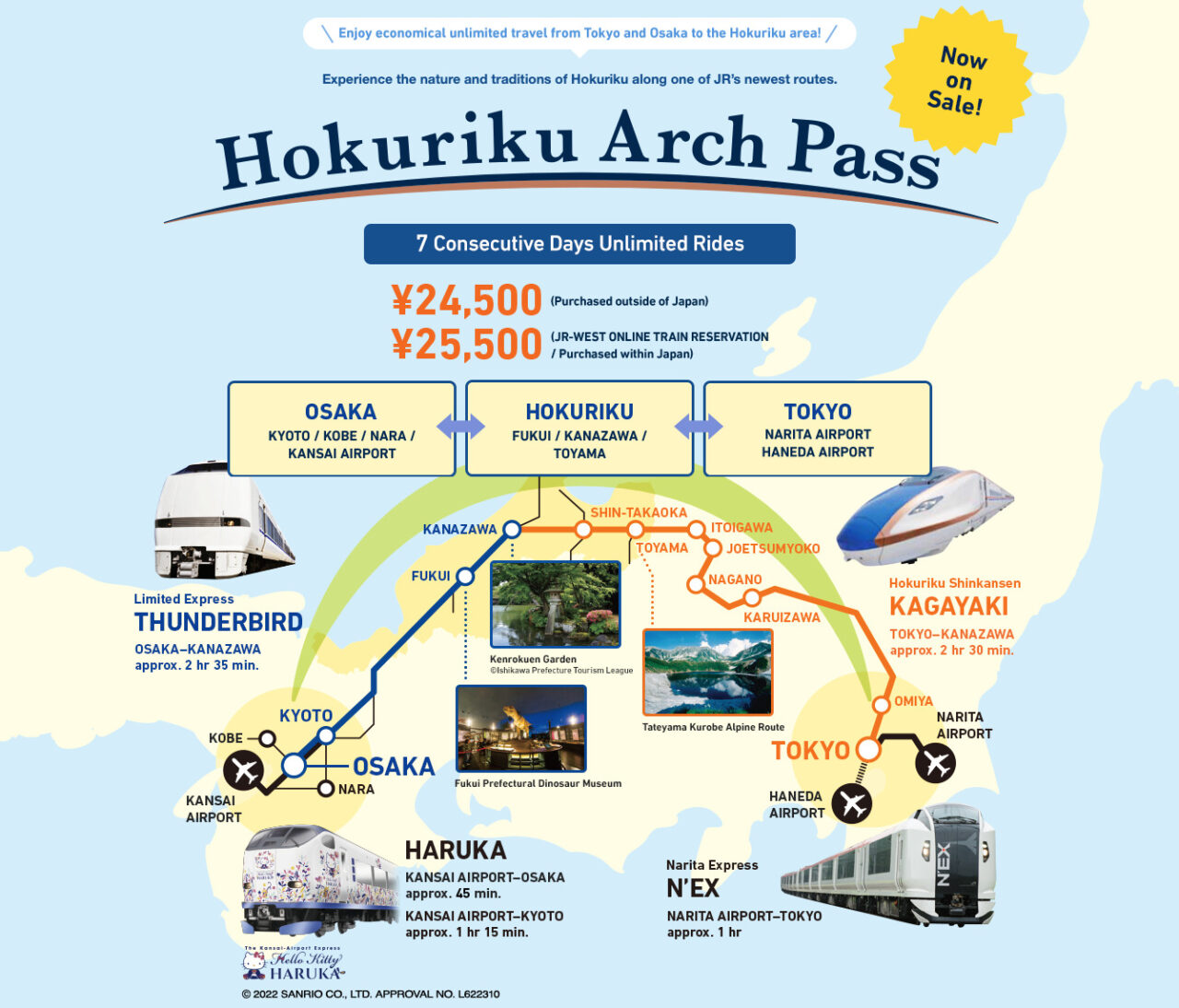
Valid for 7 consecutive days from date of activation, the Hokuriku Arch Pass covers train services from Tokyo – including trains from both Narita and Haneda Airports – to Nagano and Kanazawa and then onto Kyoto, Osaka and Kansai Airport. For many international visitors, this pass covers the majority of their intended destinations as the they follow the most popular tourist route from Tokyo to Kanazawa and onto Kyoto and Osaka. Notably cheaper than the full JR Pass, the Hokuriku Arch Pass offers fantastic convenience and savings.
HOW TO: USING THE SHINKANSEN FROM TOKYO TO NAGANO
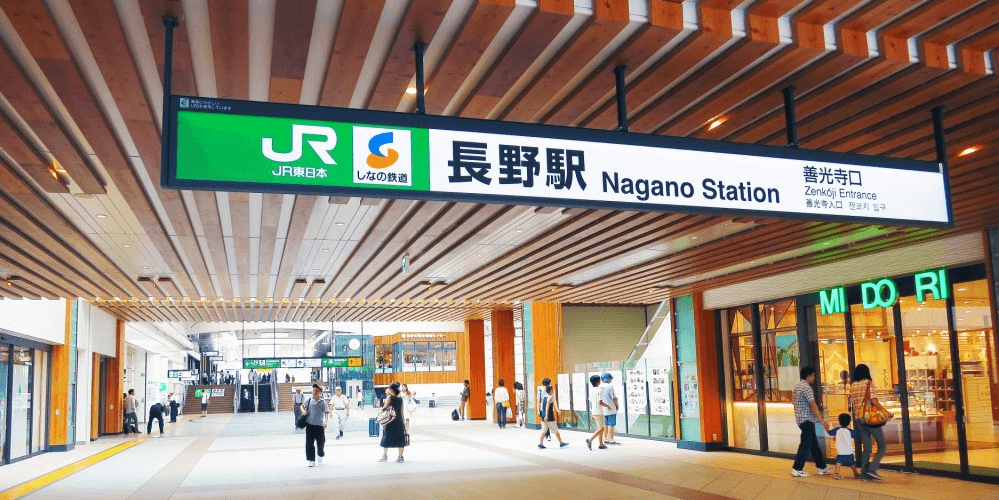

Using the Hokuriku Shinkansen to head to Nagano from Tokyo? Our ‘How To Get To Nagano’ page has detailed information about exactly how to do it along with recommended accommodation once you’re here and the best things on offer including heading to the Jigokudani Monkey Park or one of the region’s many fantastic ski resorts.
PLAN YOUR VISIT TO JAPAN
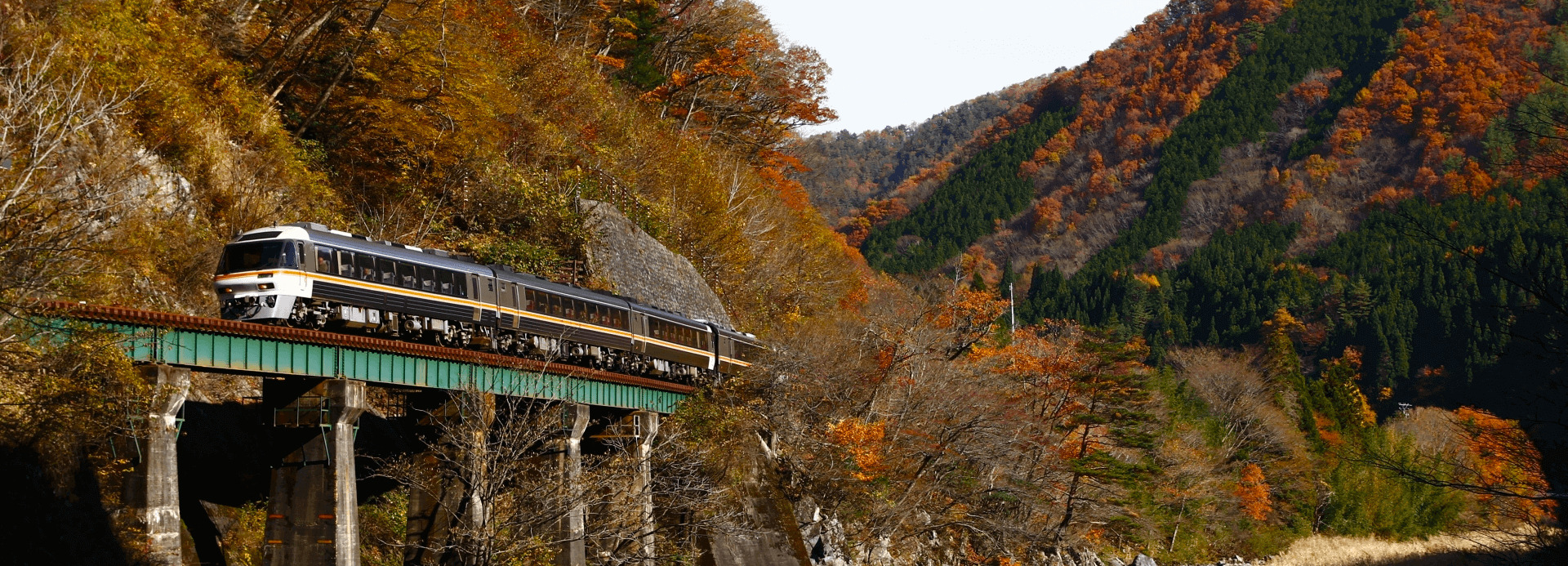

The Hokuriku Shinkansen is just one part of Japan’s fantastic rail network. Unfathomable in its size and efficiency, moving around the country by train is easy and comfortable opening-up all regions of Japan for exploration. Our ‘Plan Your Visit’ page has everything you need to know about visiting Japan – from tips on the best time to travel, times to avoid, entering and exiting the country, money matters, staying connected, accommodation, staying safe and healthy and plenty more to ensure that you get the most out of your time here.



